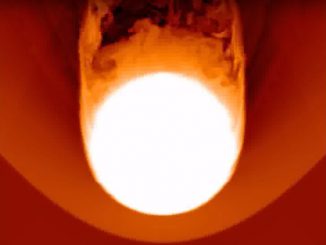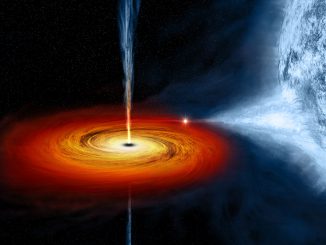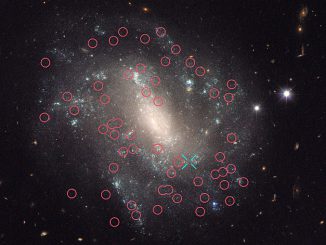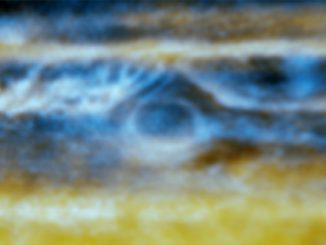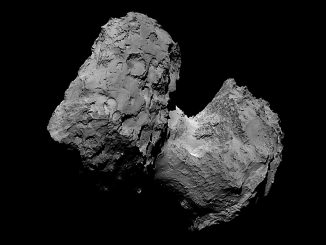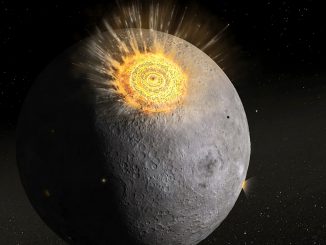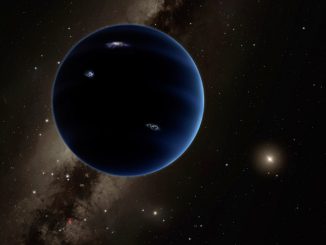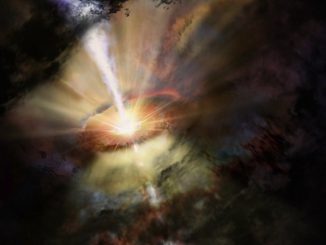
Supermassive black hole fed by cold intergalactic downpour
An international team of astronomers using the Atacama Large Millimetre/submillimetre Array (ALMA) has witnessed a cosmic weather event that has never been seen before — a cluster of towering intergalactic gas clouds raining in on the supermassive black hole at the centre of a huge galaxy one billion light-years from Earth.

